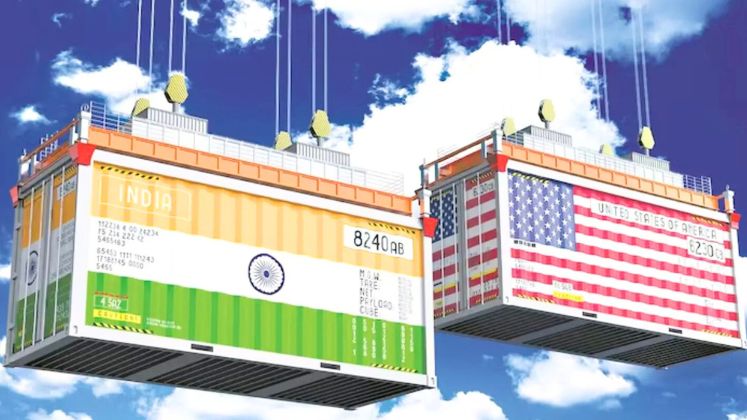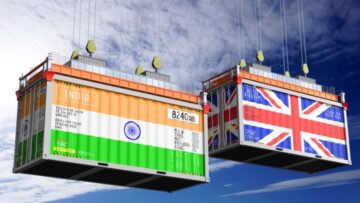
A bilateral trade agreement (BTA) between India and the USA, that is anticipated to be finalised by September or October of this year is projected to improve India’s exports of a variety of items, including apparel, to the United States, according to a research published by Crisil.
The Crisil analysis highlights the enormous potential for expansion: in 2024, the United States imported US $ 3.36 trillion worth of products, while China and Germany imported US $ 2.59 trillion and US $ 1.43 trillion, respectively. However, just 2.7% of US imports came from India, with US $ 10.8 billion worth of apparel.
However, because of India’s comparatively higher tariff structure, the paper also warns that Indian markets should brace for an increase in US imports. It is anticipated that the agreement will reduce tariffs, facilitating US exporters’ access to the Indian market. As a result, India’s surplus in goods trade with the United States may decline.
The BTA might not result in a sharp increase in exports, even if many of India’s biggest exports to the United States are already duty-free. The United States’ ongoing efforts to close its trade deficit with India are partially to blame for this. How India’s tariffs stack up against those of rival countries will also determine how competitive Indian goods may be in the US market.
On 2nd April 2025, the United States placed reciprocal tariffs on a number of countries, including India, further complicating the trade situation. However, in order to facilitate trade talks, it put a 90-day hold on implementation starting on 10th April. A baseline 10% tariff on goods from all nations, including India, is still in place throughout this hiatus. Interestingly, India had one of the lowest reciprocal tariffs of 26% among Asian countries.
Although tariff reductions might give Indian exporters a competitive advantage, the report’s conclusion states that increasing competitiveness and gaining a larger market share in the US are necessary for long-term success.






